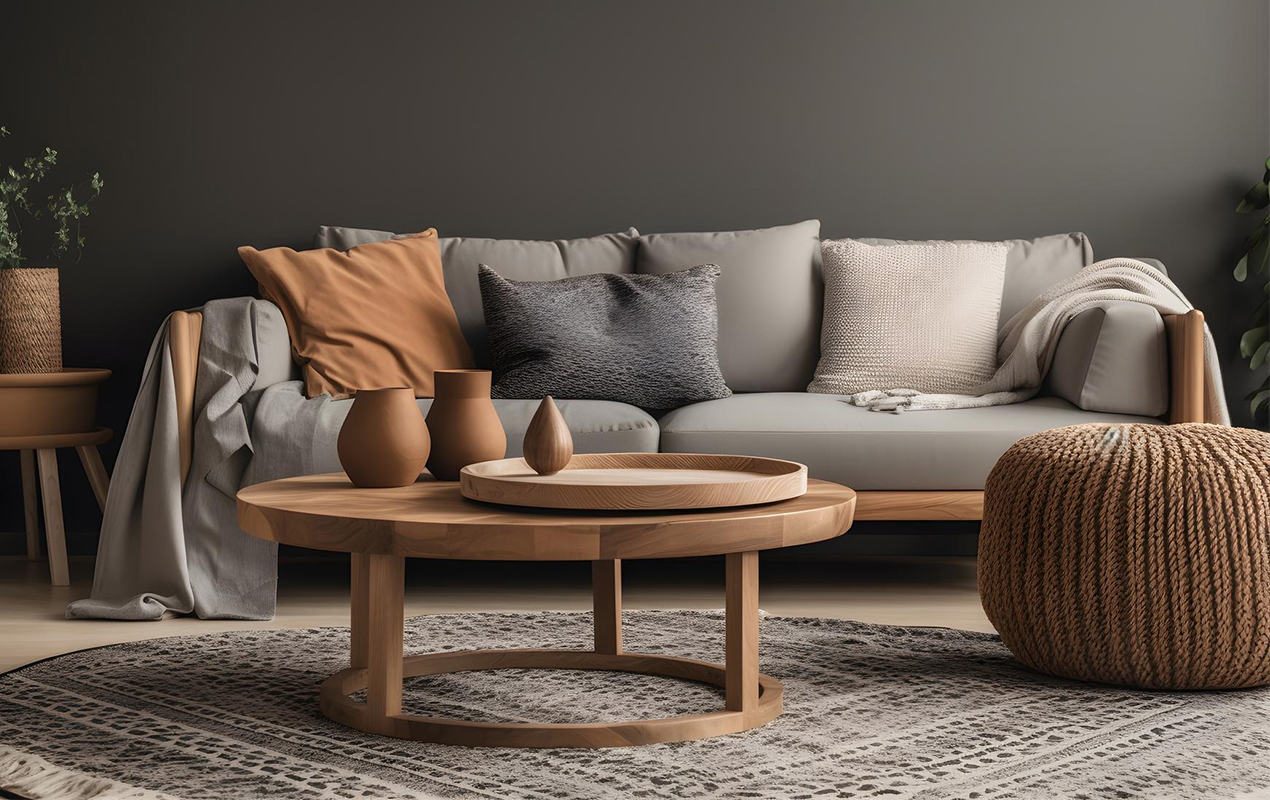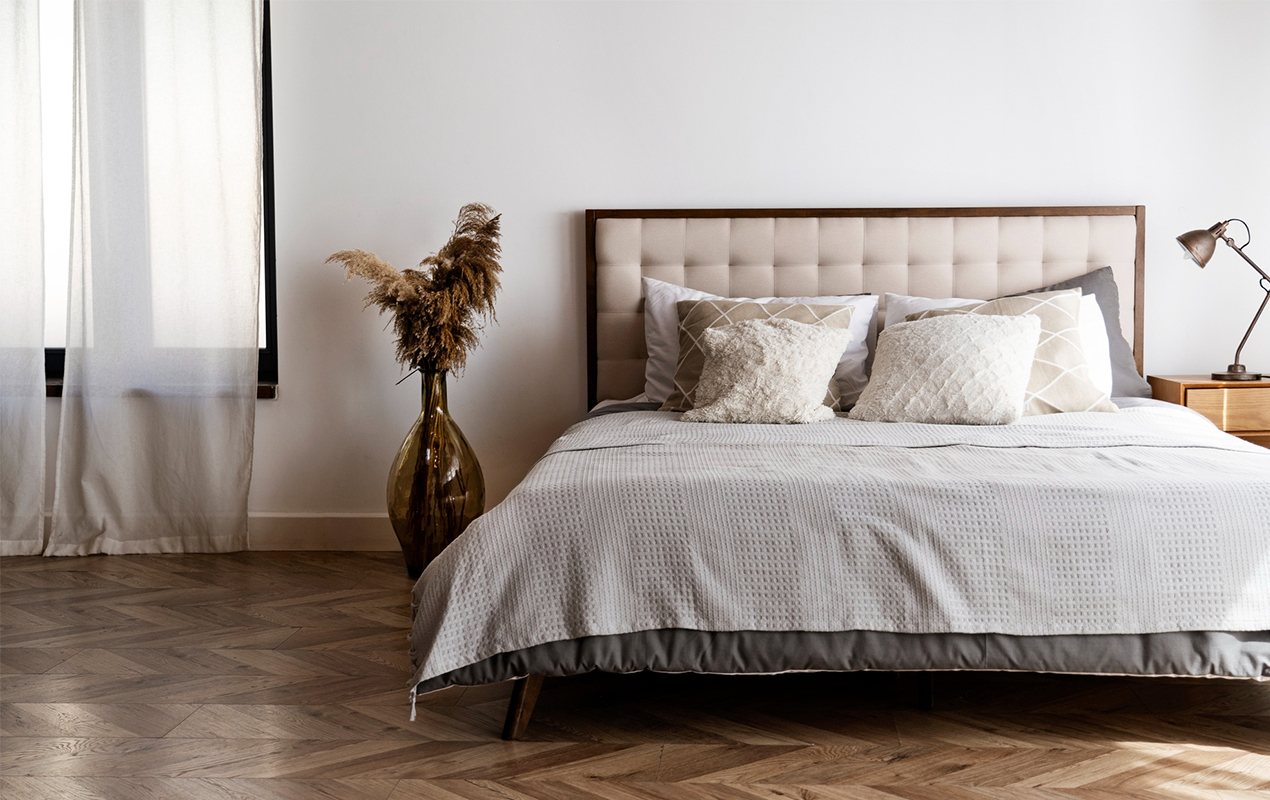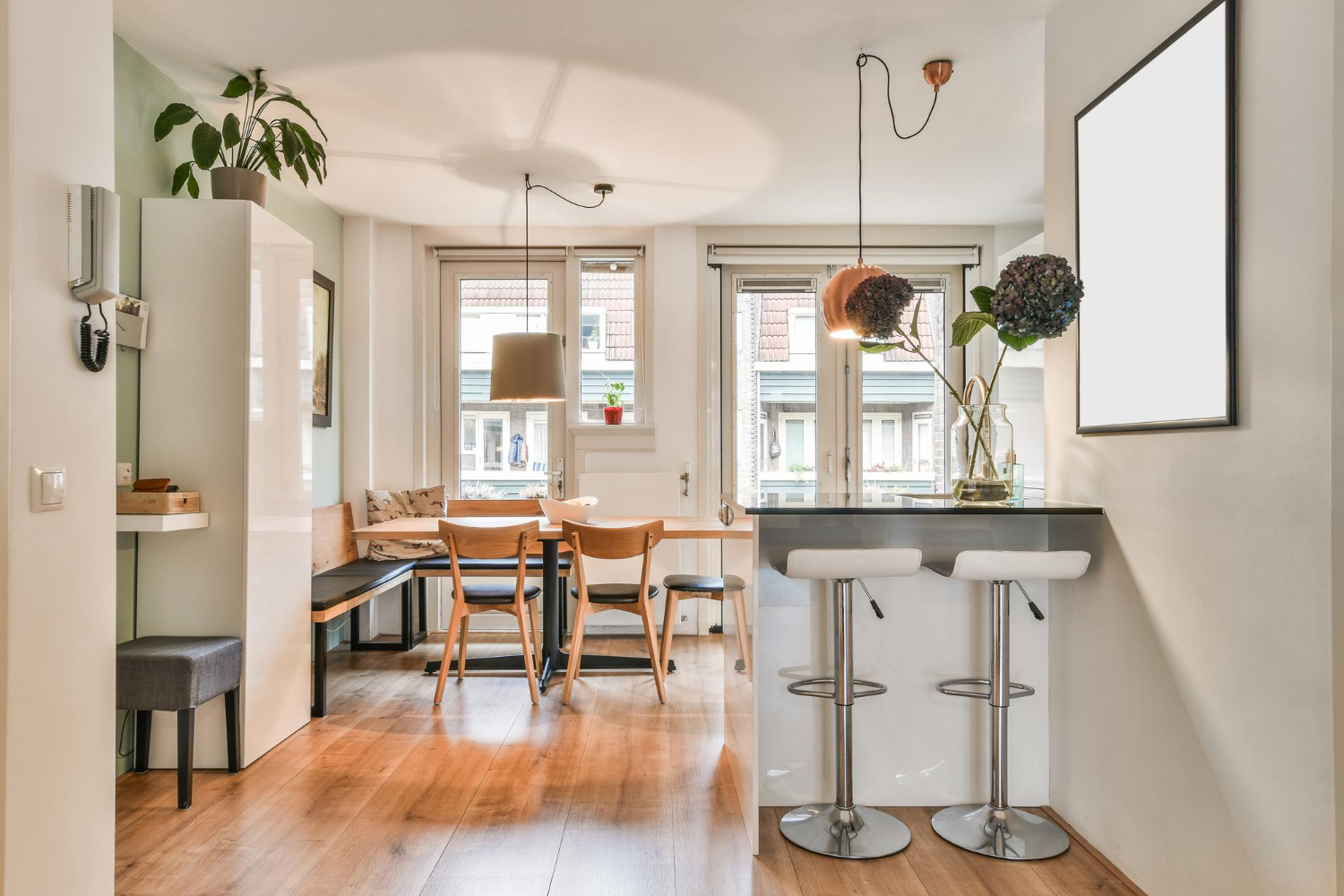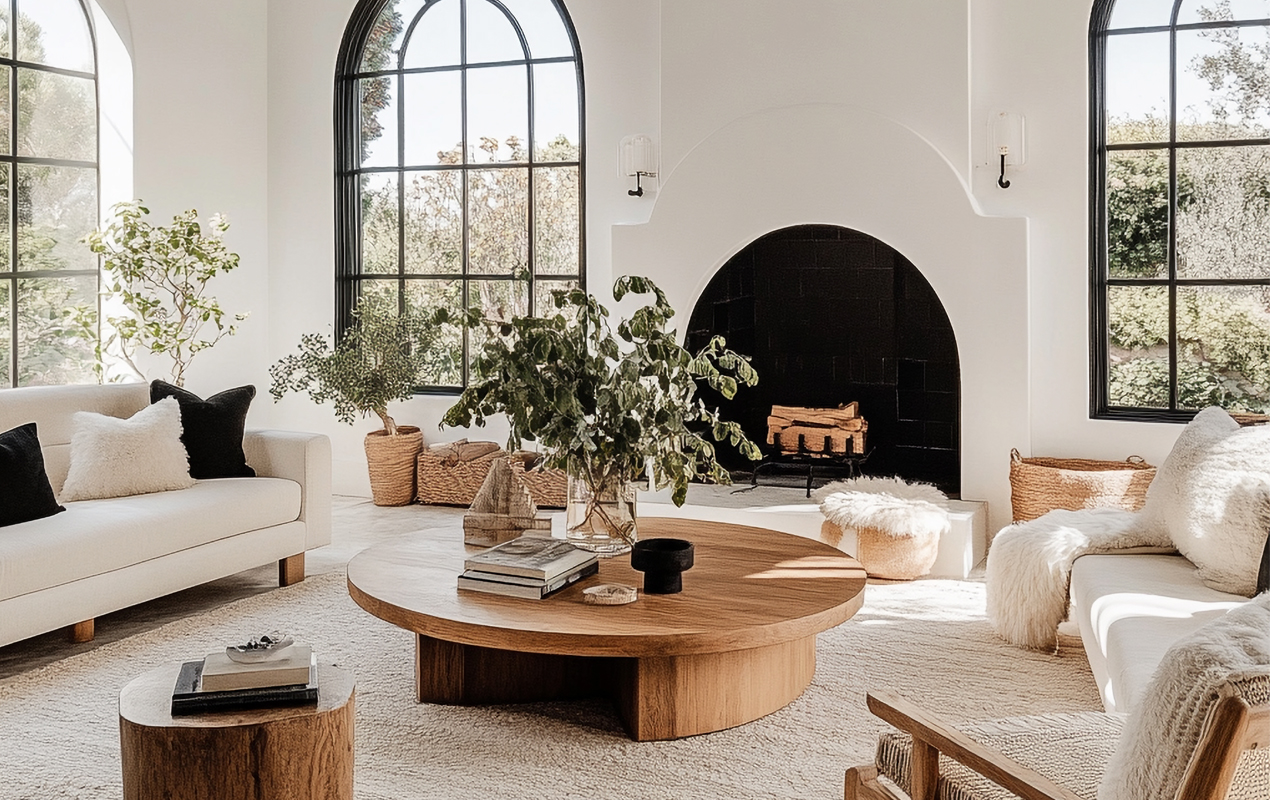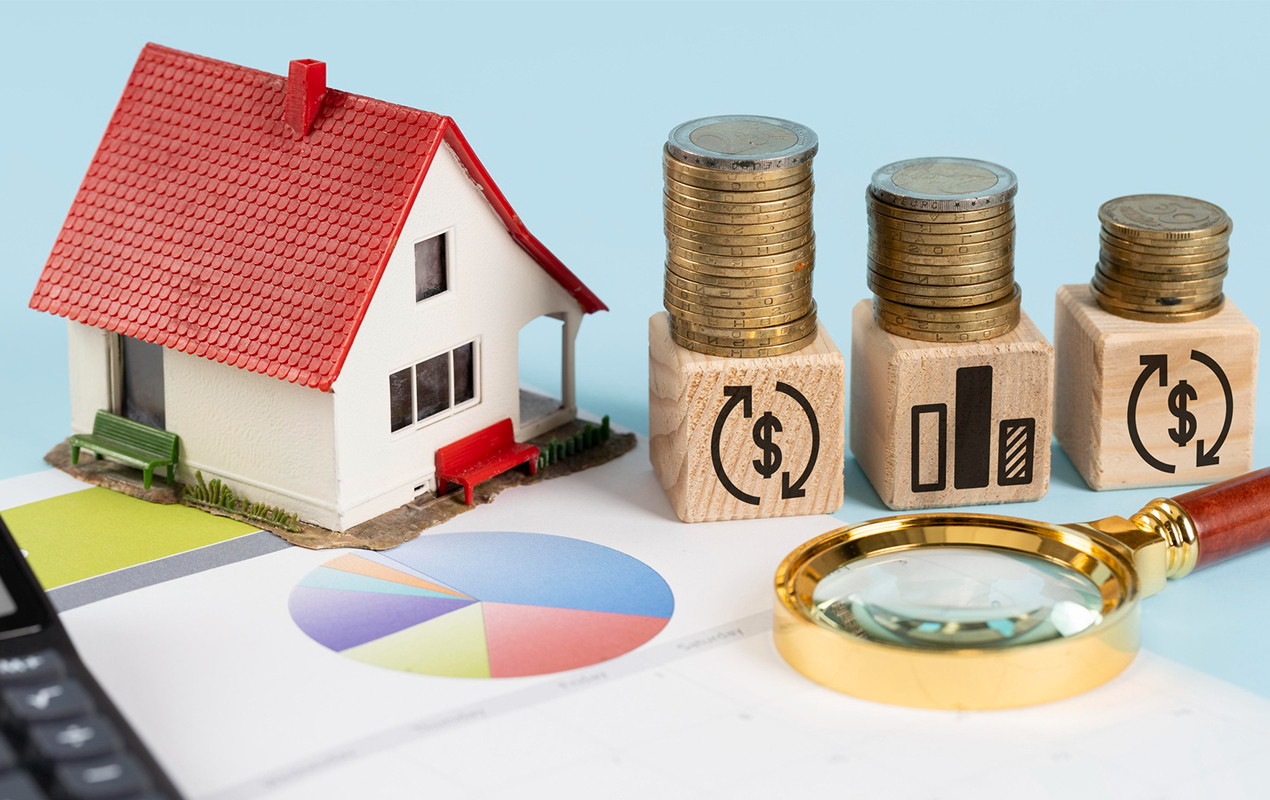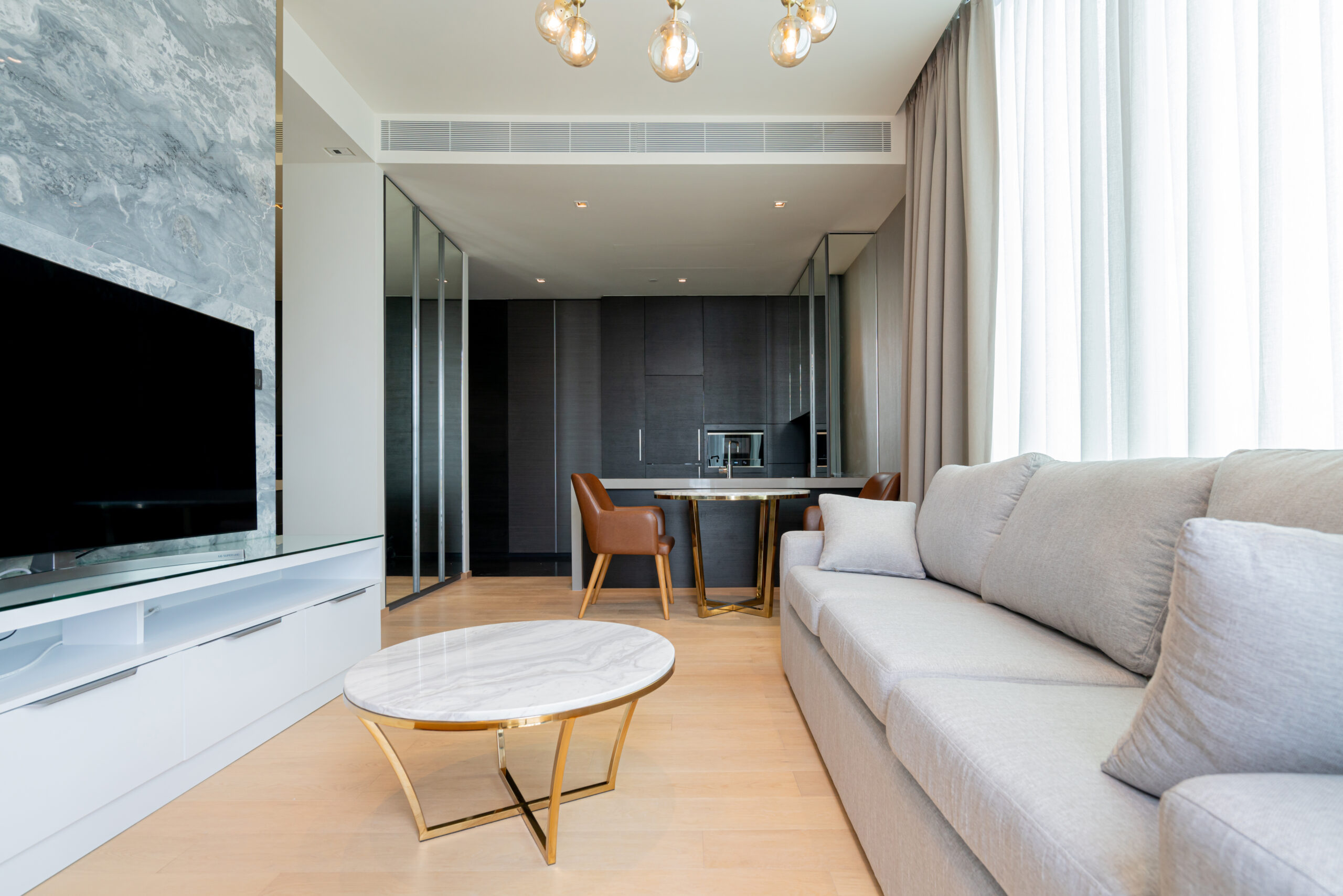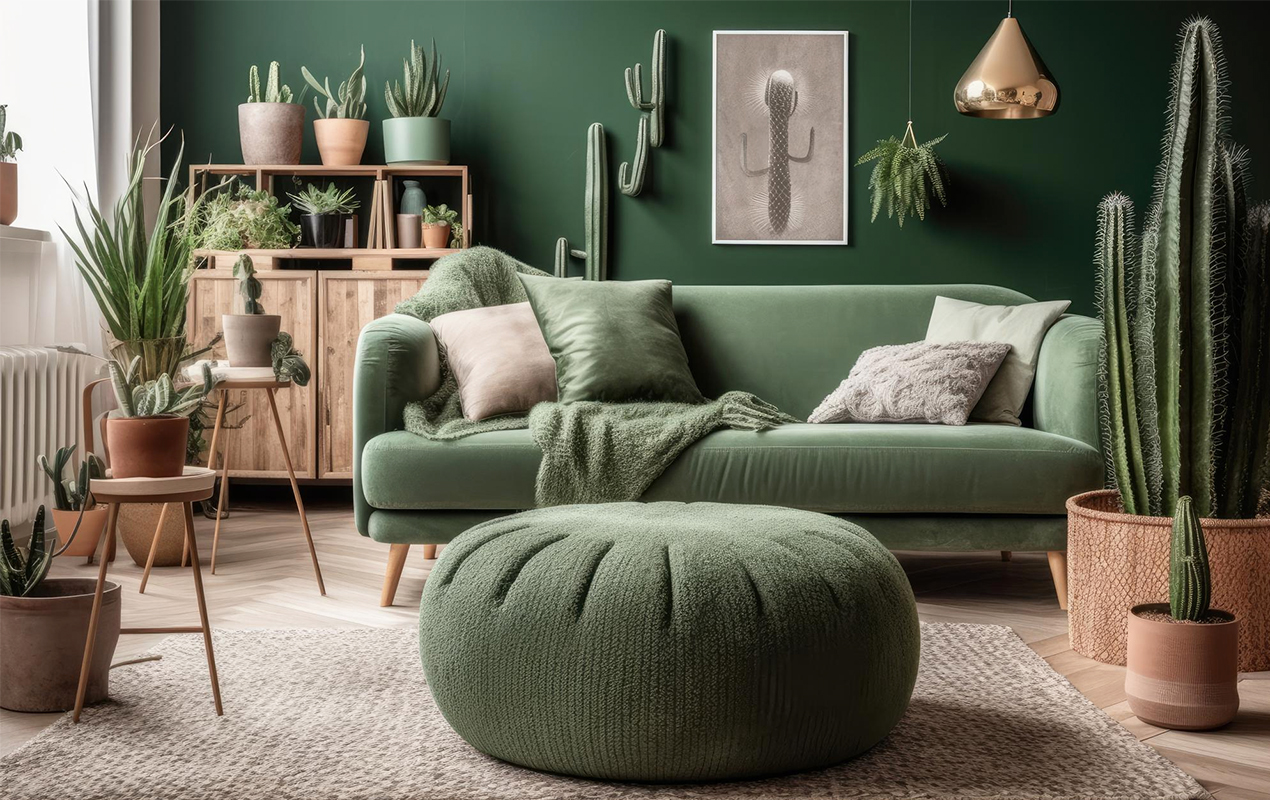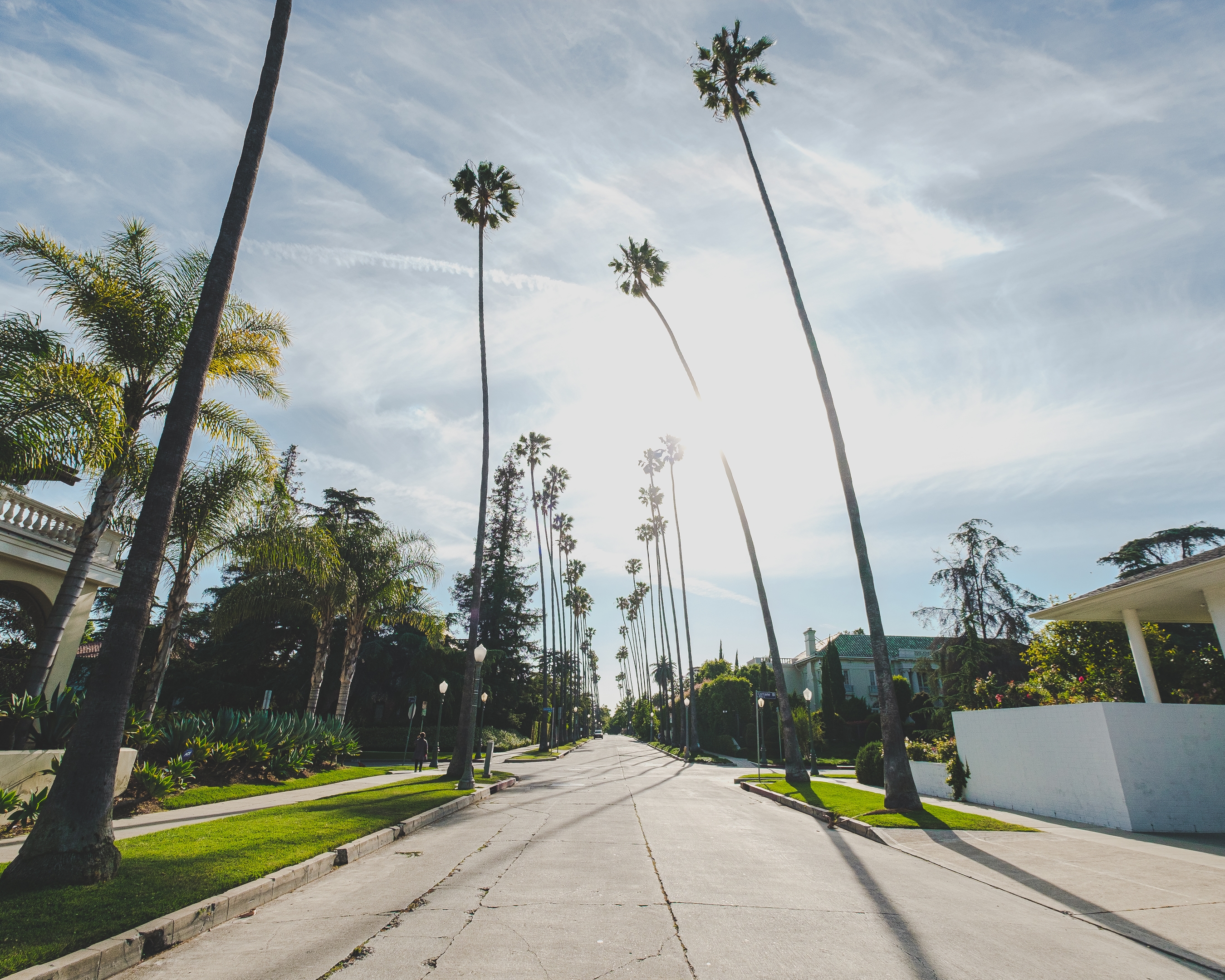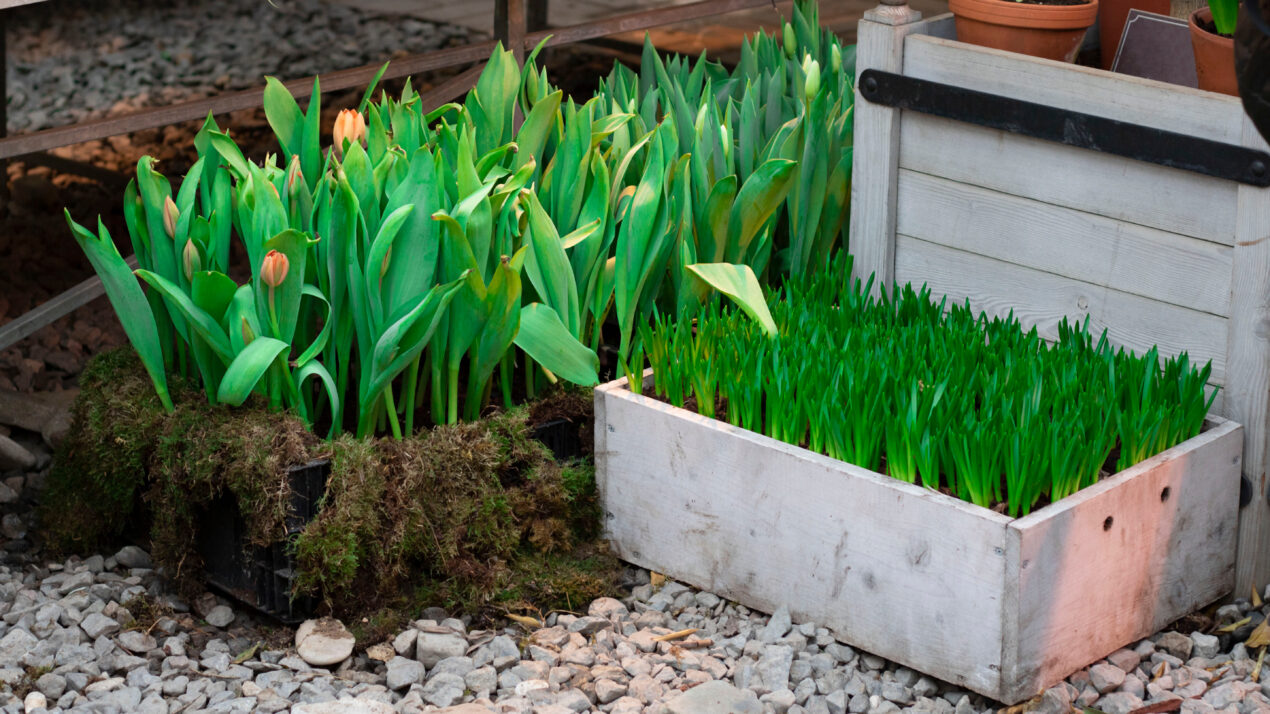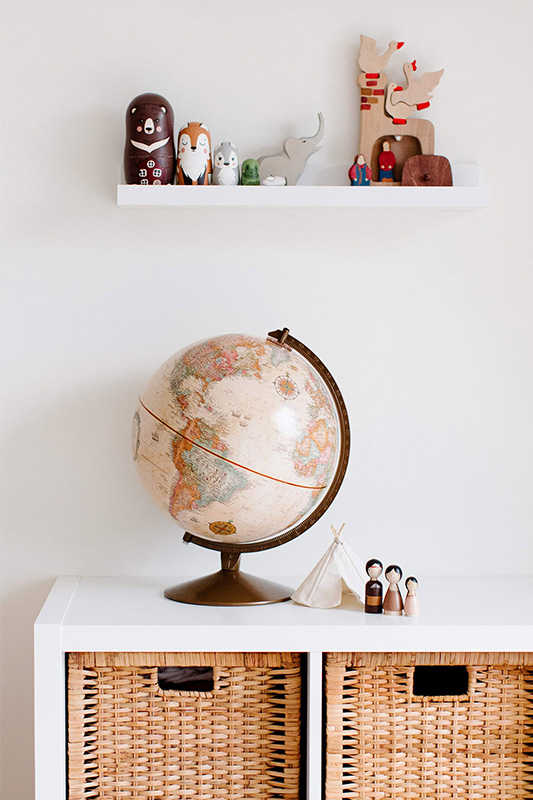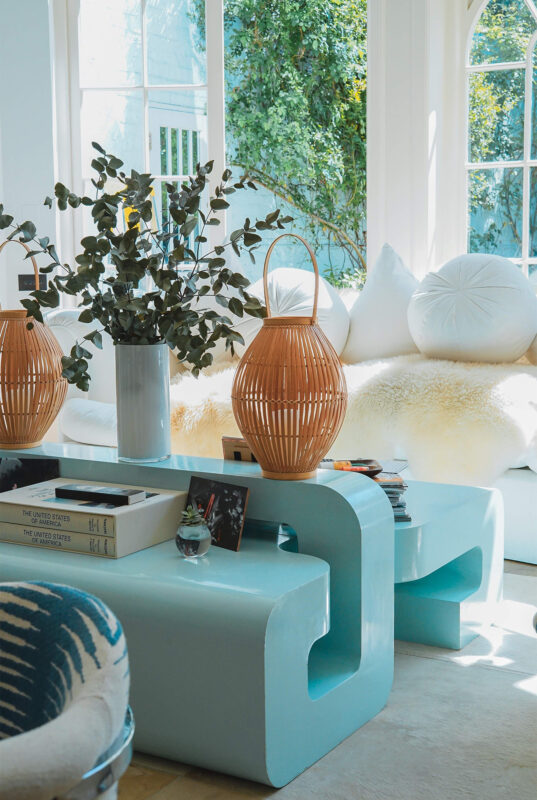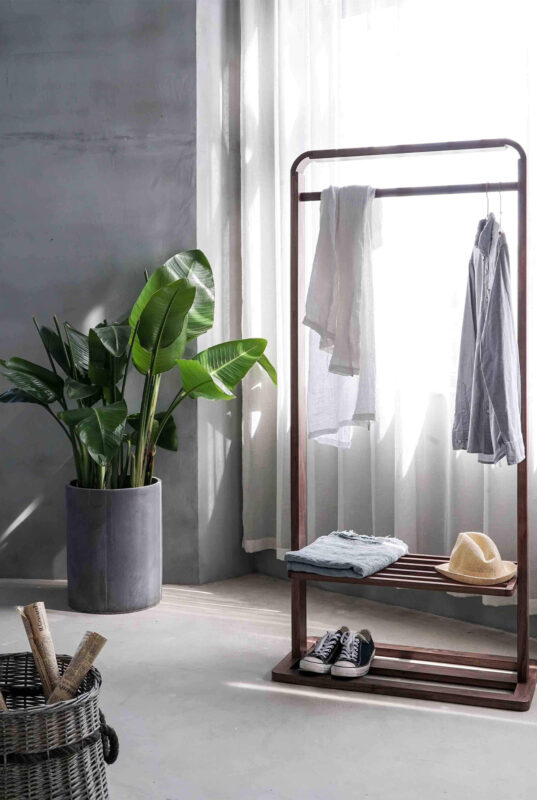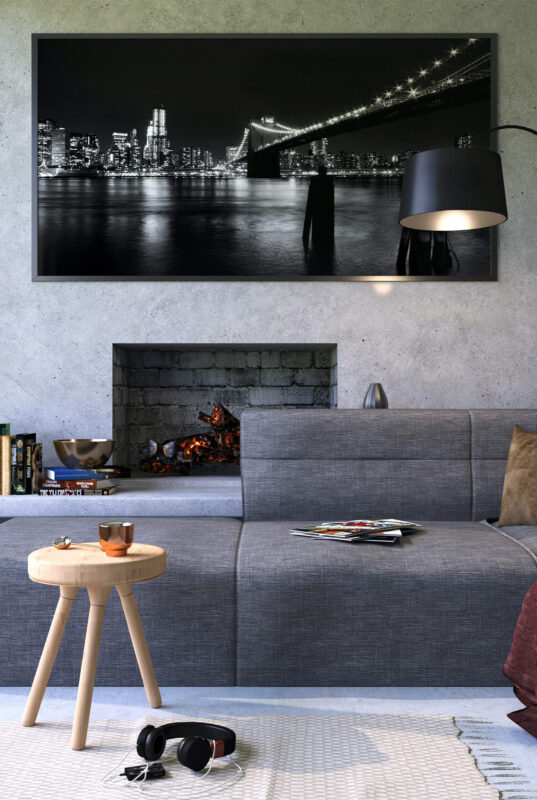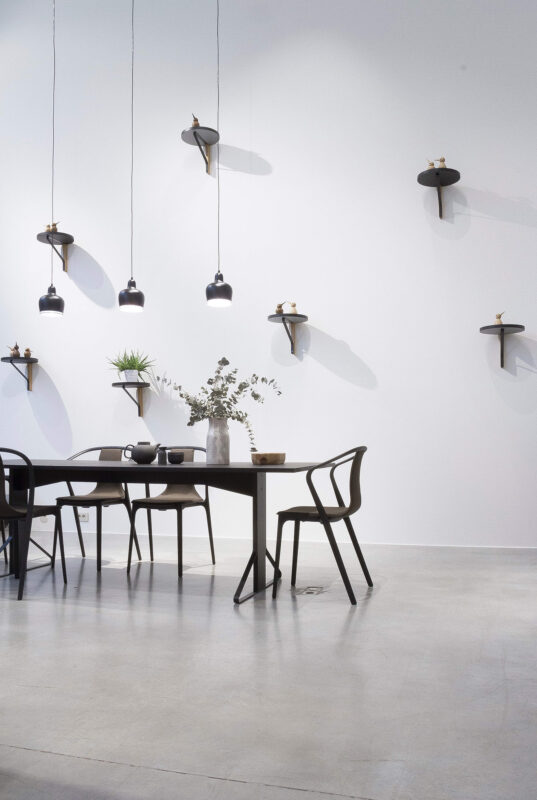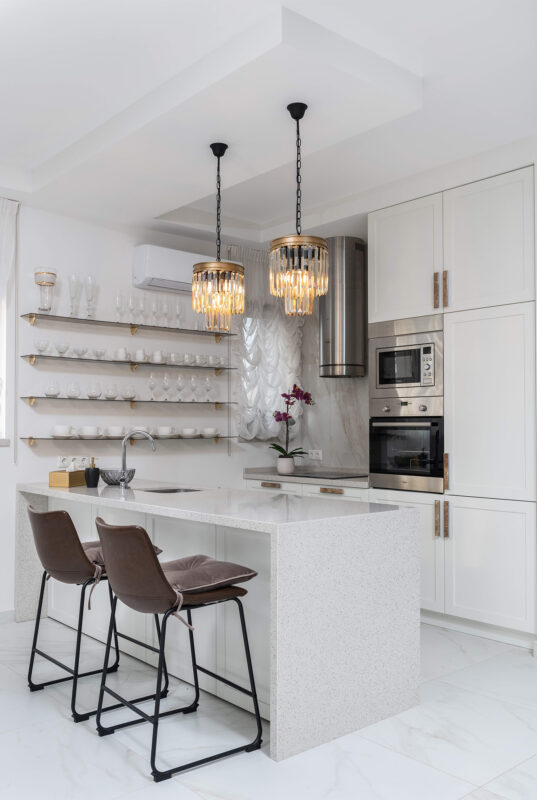Blog
Design a Home That Reflects You: Innovative & Individual
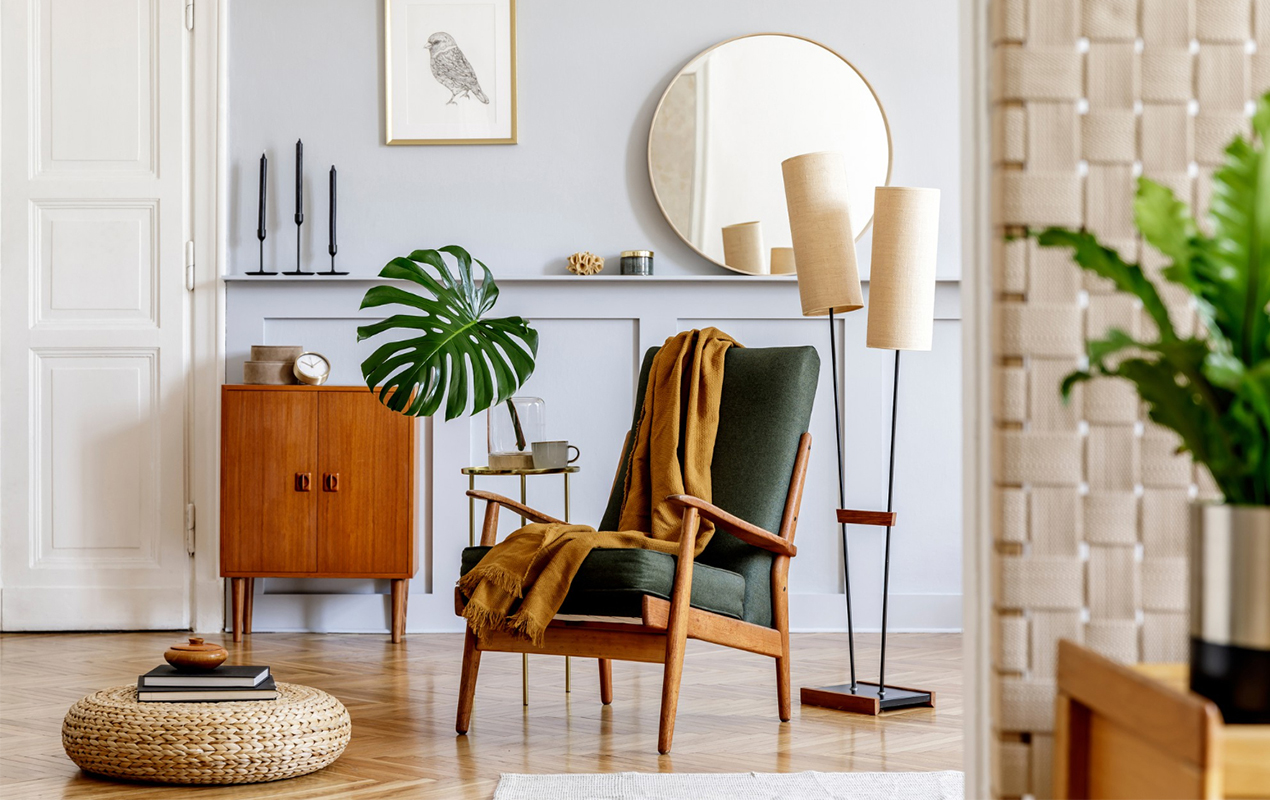
When you decide to decorate your space, there can be a subconscious pressure to conform to certain well-known and well-documented styles, such as those popularized by social media, such as Instagram. Finding a happy medium between emulating beautiful, well-loved décor styles and still maintaining your individuality can be difficult, especially if this is your first time attempting comprehensive interior design. Here’s how you can do it well for a stylish and impressive home that wows visitors and is still very comforting and inviting.
Learn Style Fusion
Fusing different styles and design eras is a quintessential ideal in modern homes today. For starters, you need to have some knowledge about the prevalent styles of this century and the last and how they can be updated to look unique and functional, keeping with modern needs and preferences.
You can hire a professional to educate you about the subtleties of effectively fusing two different styles together, but the wealth of online knowledge can be an invaluable resource. Fusion is also about budget, as specific materials, such as Carrara marble, can be costly. Lower-end options can help you substitute that part of an interior design concept with something cheaper without compromising on visual appeal.
Laying Different Styles Together
To successfully fuse multiple styles together, you need to have an idea of the most popular styles in interior design today and for at least a century. Here are some of the well-loved below:-
Traditional style
This style has a lot of dark colors and denser materials like mahogany, oak, and iron incorporated into the design. There is a definite emphasis on keeping classic pieces and using a darker color palette. This is an immensely popular style found commonly in homes around the globe, but it does have the tendency to look dated and old-fashioned if it is not correctly fused with more modern design elements. Think leather sofas, fireplaces, carved chairs, and hand-spun carpets to visualize what a more traditional style looks like.
Locational styles
Examples such as French Renaissance, coastal home décor, or Art Deco are based quite a bit on location and even temperature in some cases, but they can theoretically be incorporated into any home. A coastal style uses a lot of white, blue, beige, green, and various shades of these colors. The design revolves around the use of wicker and jute, as well as comfortable fabrics. French Renaissance style is endlessly regal with bright colors like purple and burgundy, and the Art Deco movement was characterized by bold and pastel colors and geometric shapes and patterns. The Art Deco movement was a major design choice in the 1920s and 30s.
Modern Contemporary
These are about cleaner, simpler, and more neutral colors. They are about functionality and comfort that ties in with a busy, stressful routine. Many people use brighter colors in this style nowadays simply as ‘dopamine décor,’ which enables them to improve their mental health and moods.
Moroccan
Think rich colors, materials, and fabrics. Silk, brass, gold accents, and so forth are prevalent in this style, and the general ambiance is warm and almost intoxicating. Numerous people do a modern twist on it by reducing some of the dependence on warm tones and adding in some fresher or neutral colors. A team of custom home builders can help you with other aspects of a Moroccan style, such as having an indoor pool or an abundance of fountains.
Zen or Asian Styles
Known for been popular globally, regardless of cultural differences, for many years now simply because they imbue calm in an otherwise chaotic world. More and more people want to find comfort, relaxation, and inner peace at home since the demands of a full work life are draining and can cause issues with anxiety and depression. Flowing water, foliage, refreshing elements, and colors like blue, sea green, stone grey, and so forth bring the Zen aesthetic to life.
Rustic Farmhouse Chic
Farmhouse has made waves this past decade in everything from weddings to interior décor. Rustic elements are not hard to include in your space, and it is advisable to add some measure of sustainability, such as reclaimed tiles and woodwork, and let your inner homesteader free. If you are building your home and want sustainable, environmentally friendly construction materials, always consult a good custom home builder to guide you on the best places to source your materials.
Final Thoughts
Designing your home with all the modern technological trappings such as cameras, huge TV screens, smart lighting systems, and solar power generators does not mean you have to compromise in any way on traditional interior design styles or house styles. Most design concepts nowadays, even for homestead farms, are a fusion of multiple design ideas so that aesthetic beauty and functionality can be maximized for an easier and more comfortable life in terms of workload and maintenance.

